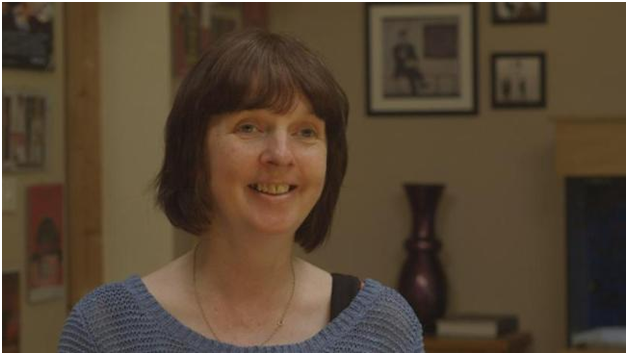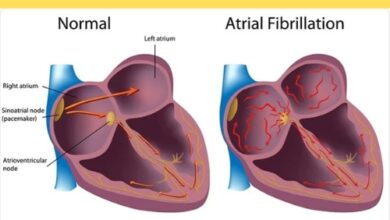Delight Of Sightless Woman With ‘Bionic Eye’ Who Can Tell The Time After Five Years

Rhian Lewis was given the retinal insert as a component of a progressing trial at Oxford’s John Radcliffe Hospital. Specialists at the Oxford Eye Hospital embedded a modest electronic chip at the back of her right eye’s retina in an offer to help her see. The mother of two, from Cardiff, has experienced retinitis pigmentosa – an acquired issue – since she was five.
The condition causes continuous weakening of the light-distinguishing cells (photoreceptors) in the retina, which can prompt visual impairment.
One in 3,000 to 4,000 individuals in the UK have the illness, for which there is at present no cure.
Miss Lewis is totally visually impaired in her right eye and has for all intents and purposes no vision in her cleared out eye.
The insert, made by German firm Retina Implant AG, was put in Miss Lewis’ eye in June in an operation that can last six to eight hours.
Amid subsequent tests, Miss Lewis was requested that take a gander at an extensive cardboard clock to check whether she could tell the time accurately.
She had not possessed the capacity to tell the time with her right eye in 16 years and for around six years with her cleared out eye.
She said “goodness my god” when she understood she had figured out how to tell that the time was three o’clock. She said: “Legit to god that felt like Christmas day.”
The insert – a 3mm sq exhibit of around 1,500 light sensors which sends beat electrical signs to nerve cells – is joined with a small PC that sits underneath the skin behind the ear.
This is controlled by an attractive curl on the skin. All things considered, it would appear that an amplifier. At the point when the gadget is initially exchanged on, patients see flashes of light, yet over a couple of weeks the mind figures out how to change over those flashes into important shapes and questions. The pictures can be highly contrasting and grainy yet have the ability to change lives.
Depicting the minute the gadget was turned on, Miss Lewis said: “They said I won’t not get any sensation and afterward unexpectedly inside of seconds there was similar to this glimmering in my eye, which has seen nothing for more than 16 years, so it was similar to, goodness my god, amazing!”
Miss Lewis was then taken to the orders of New College, Oxford, to check whether she could make out its components.
Miss Lewis can control the insert utilizing dials on a little remote power supply grasped. This offers her some assistance with adjusting affect ability, complexity and recurrence. She is the first patient outside of Germany to be embedded with a more up to date, second-era gadget.
Educator Robert Mac Laren, who is driving the examination at Oxford, said the innovation has immense potential advantage.
“It’s a stunning procedure in light of the fact that what Rhian and others are attempting to do is reactivate a part of the cerebrum that hasn’t been doing anything throughout the previous 10 years or somewhere in the vicinity,” he said. “There is a great deal of recovery in light of the fact that essentially they are figuring out how to see once more.”
Priest forever sciences George Freeman said: “This earth shattering exploration to make the world’s most developed bionic eye highlights the pivotal part of the NHS as a proving ground for 21st century prescription.”
By : Natural Health News




